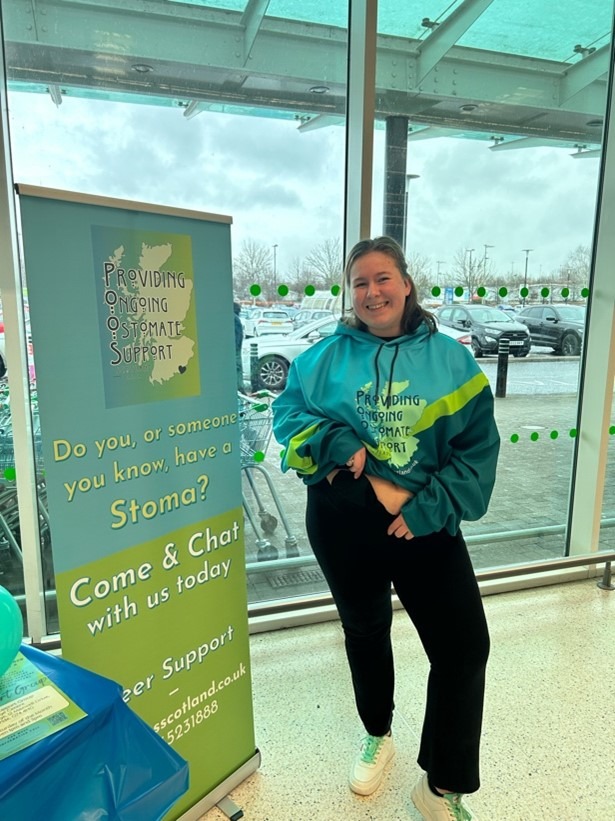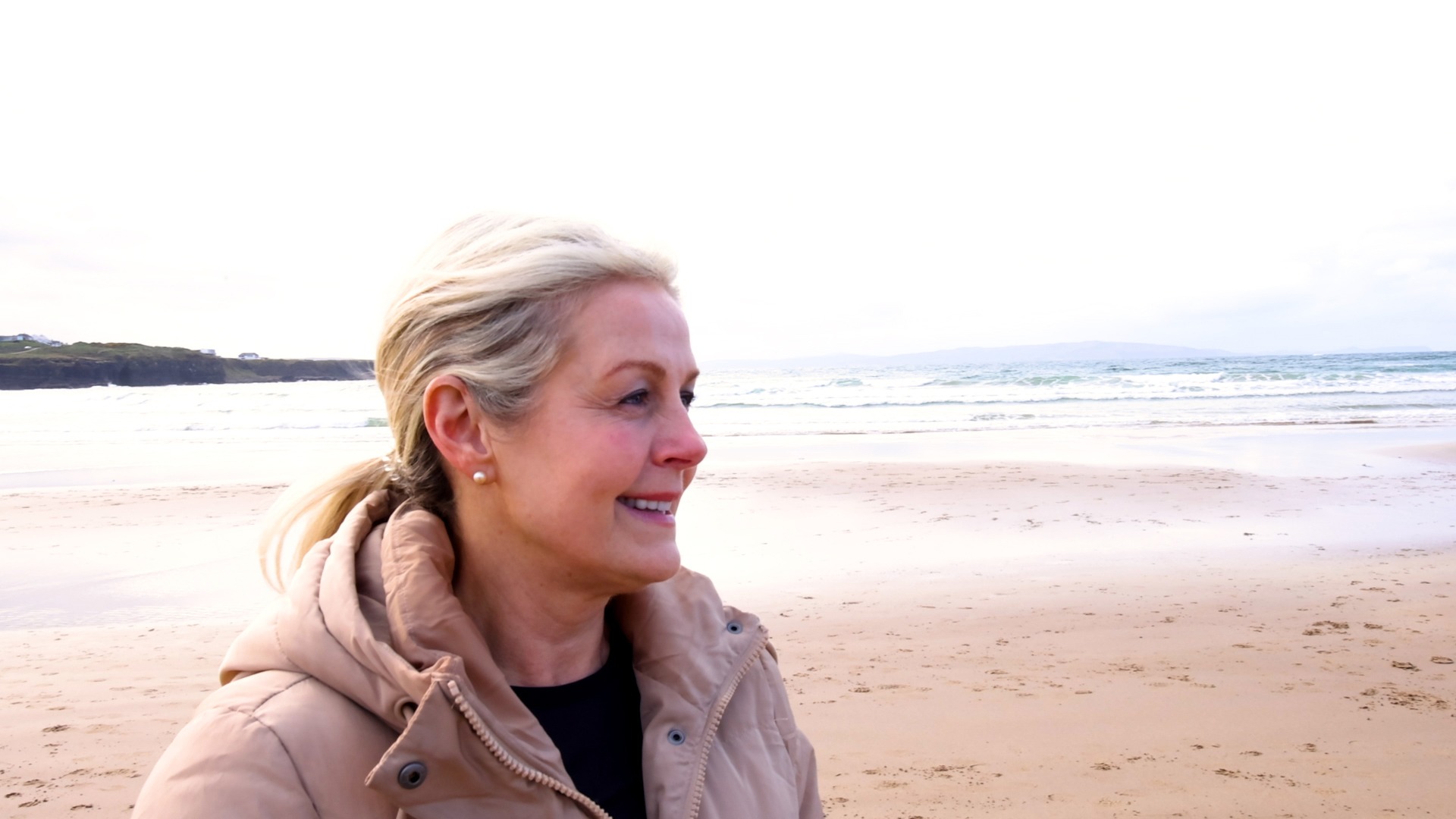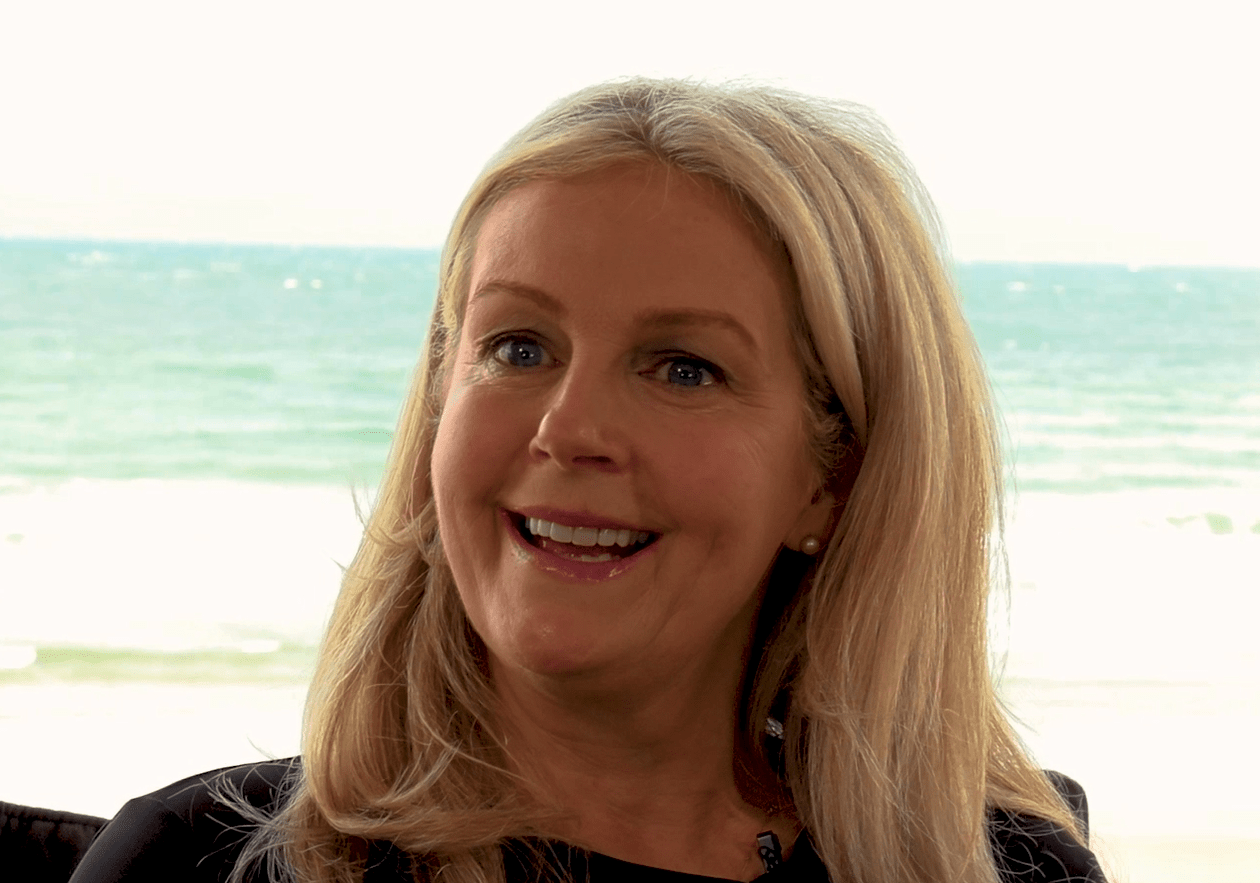Having a stoma is as much of an emotional journey as it is a physical journey and it can be a huge mental battle to accept how your body has changed, it can often feel like a lonely journey, and I sometimes feel like no one truly understands how a stoma affects me day to day
Don’t get me wrong I do love my stoma and I could never see my life without it again but even people who have had a stoma a long time can feel overwhelmed and down.
Meeting other people who feel the same way can validate feelings and help you learn to love your new body.
What are support groups and why are they so needed
Stoma support groups are a place where you can meet other people with a stoma in a supportive and welcoming environment. Anyone can attend these groups whether you are waiting to get a stoma, currently have a stoma or have had a reversal but also if you care for someone who has a stoma. Providing support to friends and family of loved ones with a stoma is vital as it is hard a journey at times for them too.
Talking to others with a stoma can help build confidence to speak out about current issues you may be facing and gaining some advice that is not clinical but is from lived experience, nothing can match it. Also, having a space where you can vent strong emotions in a non-judgmental space leaves you feeling like a weight has lifted off your shoulders.
Community
Sometimes it feels like you are the only person in the world who is living with a stoma but in-fact there are at least 205,000 people in the UK alone living with one, it feels like we are all part of a secret club!
Stoma support groups are a great place to meet others with a stoma and discuss anything from a stoma worry you have to what plans you have at the weekend. This community provides the opportunity to meet other people that may have the same hobbies but also live with a stoma and you can truly make friends for life.
Going out after stoma surgery can be quite difficult for a number of reasons, I particularly worried about bag leaks. Attending a support group really helped me build my confidence in a space where others will be supportive and help if a leak happens. It is also a good place to build on social skills and learn to make relationships with others without worrying how your stoma could affect it, this can help you to return to hobbies and activities you did prior to your stoma with more confidence.
There are so many unknowns when you first find out you are getting a stoma or waking up from emergency surgery with one, so many questions are asked like, will I wear jeans again, can I drive, can I swim, what can I eat or what can I do for work etc. But also, many stoma care related questions should be asked, such as, what brand of bags should I use, what delivery company would I like best, what accessories do I need to use. A varied population with a wealth of different advice attending a stoma group really benefits this.
Support groups aren’t just for people struggling with their stoma, experienced advice can really help others- you might have a homemade method to deal with a stoma related problem that you can pass on to others.
Talking to others with a stoma and celebrating their accomplishments in life can lead to hope for the future and a better outlook in this new way of life.
I wanted to help
One of my greatest struggles whilst growing up with a stoma was not knowing anyone else like me and it made me feel so different and alone. I didn’t have the opportunity to attend a support group as a child and I truly feel that if I met someone else similar to me, I might have had a different feeling about a reversal.
During my first appointment with my stoma nurses after my most recent surgery I asked if there were any local support groups but there was little information available. I found a number of social media groups with thousands of ostomates on, but I wanted in-person communication where I could meet people and make friends.
 After some back and forth, a likeminded individual and I started our first ostomy support group called Providing Ongoing Ostomate Support Scotland (POOSS for short!) and it became a success. We have invited stoma supply companies, researchers and supportwear companies along who have all been warmly welcomed and provided valuable information to all ostomates that attend.
After some back and forth, a likeminded individual and I started our first ostomy support group called Providing Ongoing Ostomate Support Scotland (POOSS for short!) and it became a success. We have invited stoma supply companies, researchers and supportwear companies along who have all been warmly welcomed and provided valuable information to all ostomates that attend.
I have learned so much at these support groups even though I am quite an experienced ostomate. Many people were not aware of different bag brands, the difference between flat and convex, the fact you can get different coloured bags, additional supplies such as sprays and barrier rings and also the different delivery companies. To be able to pass on this wealth of experience has just been amazing and I truly feel like lives have been changed. I have watched ostomates grow in confidence and learn to love their new body.
Anna


 US
US 



 After some back and forth, a likeminded individual and I started our first ostomy support group called Providing Ongoing Ostomate Support Scotland (POOSS for short!) and it became a success. We have invited stoma supply companies, researchers and supportwear companies along who have all been warmly welcomed and provided valuable information to all ostomates that attend.
After some back and forth, a likeminded individual and I started our first ostomy support group called Providing Ongoing Ostomate Support Scotland (POOSS for short!) and it became a success. We have invited stoma supply companies, researchers and supportwear companies along who have all been warmly welcomed and provided valuable information to all ostomates that attend.





